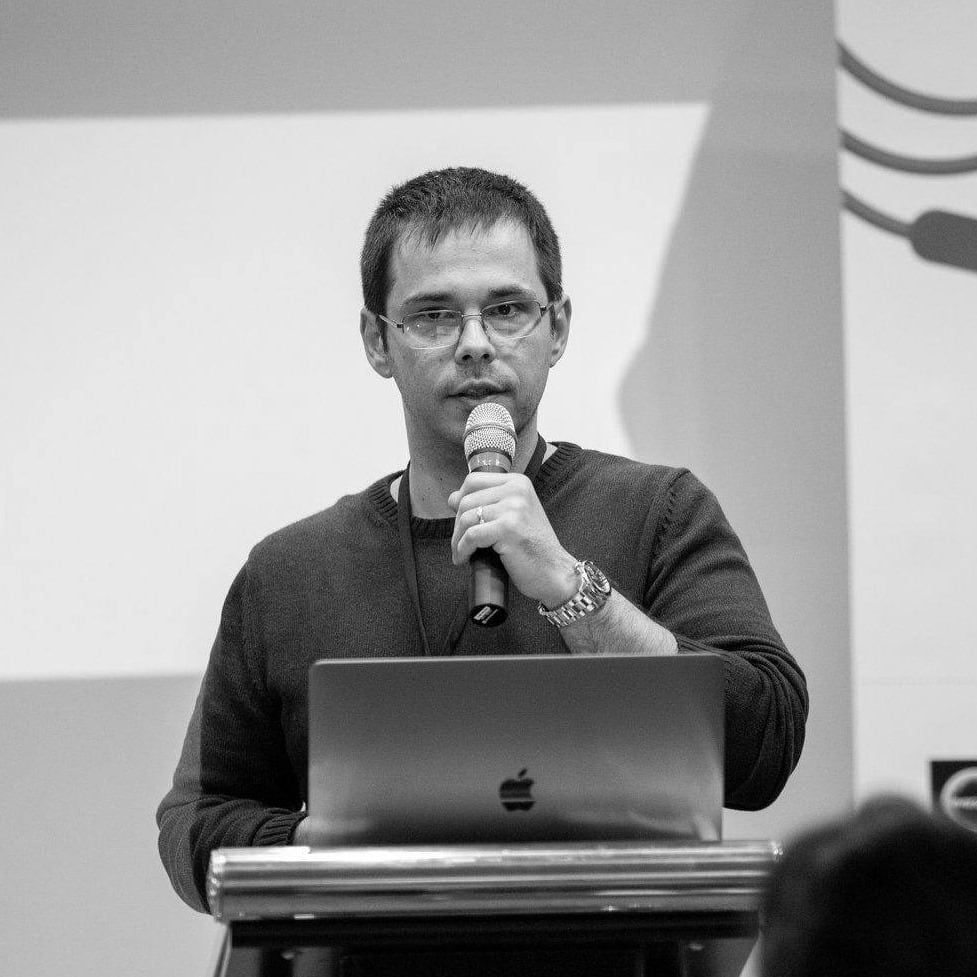If you hang out in any of the web development communities, there’s no way you don’t hear about the Ruby programming language.
So why is Ruby so popular? And should you bother learning it?
What is Ruby?
Here is how the official Ruby website describes it.
A dynamic, open source programming language with a focus on simplicity and productivity. It has an elegant syntax that is natural to read and easy to write.
Back in 2007 when I first heard about Ruby, the alternatives were Perl, Java, and PHP. So what attracted me to the language was actually the fact that I could understand what a piece of code was about without knowing much about programming.
And now, after more than a decade of using it, I still think Ruby is the easiest language you can learn. But it’s not just that.
With Ruby, you can very easily play with ideas and see if they have a chance of working in the real world.
The fact that it is a very permissive language, allows you to try things out even if they are just rough ideas. You don’t have to be strict about your programs if you don’t want to. You can postpone that.
What can you do with Ruby?
You can use Ruby just like you would use any other general-purpose scripting language. A few examples would be web applications, web servers, system utilities, database work, backups, parsing, even biology and medicine.
So you can use Ruby to do a lot of things. It’s not going to be good at all of them but at least it will allow you to get started, test some ideas and help you figure out if you need a more specialized language or not.
Cool Ruby projects
The Metasploit Framework – the world’s most used penetration testing framework.
Sass – the most mature, stable, and powerful professional grade CSS extension language in the world.
Rails – the most popular web framework for Ruby.
Sinatra – Sinatra is a DSL for quickly creating web applications in Ruby.
Homebrew – the missing package manager for macOS.
Dicourse – discussion platform.
Jekyll – a blog-aware, static site generator in Ruby.
Vagrant – a tool for building and distributing development environments.
Chef – configuration management tool written in Ruby.
How can I learn Ruby?
I’ve written a separate article about how to learn Ruby, so check out that one.
What is Ruby on Rails?
Ruby on Rails is a web framework built on top of Ruby. It gives you everything you need to build web applications quickly. It’s biggest strength is that it allows small teams to write big applications.
What is Ruby on Rails used for?
Ruby on Rails is use strictly for web development. It was built for that, and it’s doing a great job at it.
It’s the startup’s secret tool if you want. Because it allows you quickly spin up a prototype and test your ideas very cheaply.
Cool Rails projects
AirBnB – book unique homes and experiences all over the world.
Hulu – all your TV in one place.
Github – a web-based hosting service for version control using Git.
500px – the community for passionate photographers.
Basecamp – project management & team communication software.
MyFitnessPal – calorie counter.
Kickstarter – the world’s largest funding platform for creative projects.
Goodreads – a place where you can see what your friends are reading.
Fiverr – freelance services on demand.
Dribbble – the community for designers.
Clarity – Startup advice from world class experts.
Whenever you're ready, there are 3 ways I can help you:

